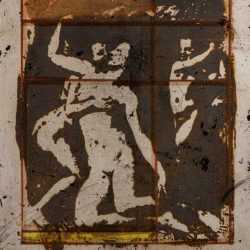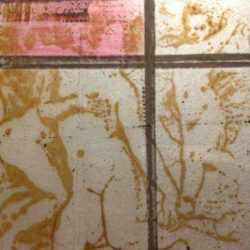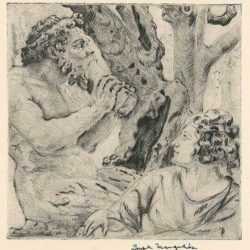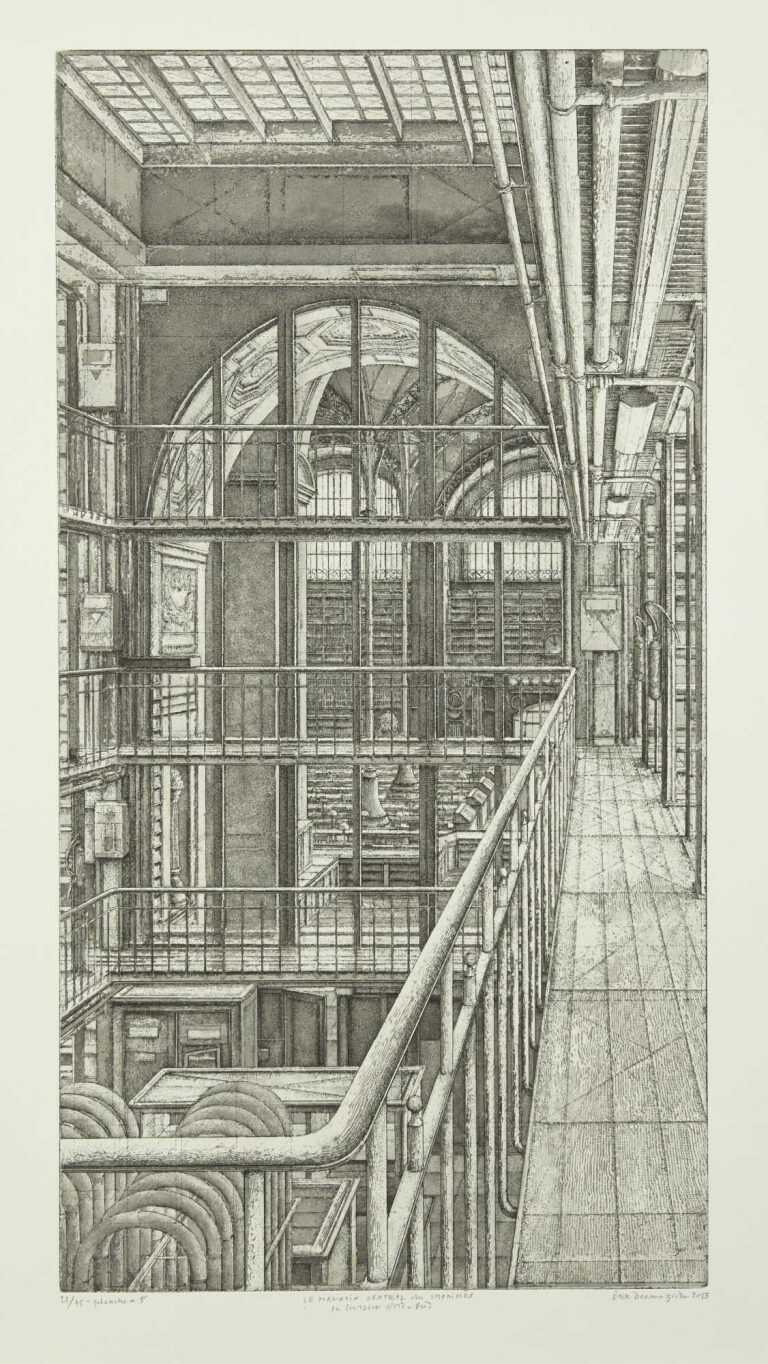Filter by Type
Filter by Category
Filter by Size
Filter by Year
Exhibitions
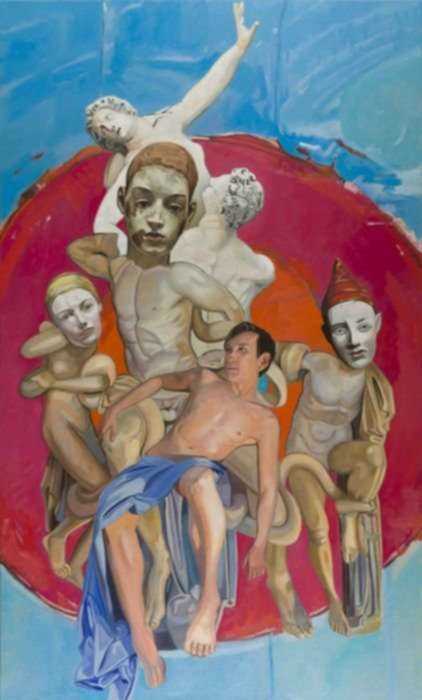
Thomas Darsney: Fabric & Flesh
Press Release:
Thomas Darsney
Fabric & Flesh
July 13 – September 1, 2017
Opening reception: Thursday, July 13, 6-8 PM
BOSTON, MA – Childs Gallery is pleased to present the contemporary figurative paintings of Thomas Darsney in the exhibition Thomas Darsney: Fabric & Flesh, on view July 13 – September 1, 2017. Darsney’s fascinating paintings reveal a palpable tension between the tactile sensuousness of fabric and the subdued brushstrokes of paint made flesh. United by this visual juxtaposition, the artist’s masterful compositions pay tribute and homage to various painting masters through the inclusion of art historical references.
Born and raised on Boston’s North Shore and currently based in Salem, Darsney realized at an early age that his purpose was to create. As an artist, Darsney brings to mind the well-adjusted and self-actualized “creative type,” first described by early 20th century psychoanalyst Otto Rank. Darsney has lived life with a hands-on approach, delving enthusiastically into multiple creative endeavors, including architecture and carpentry. Only recently has Darsney taken up the brush. After honing his skill for craftsmanship, and inspired by his own understanding of the aesthetic, Darsney has capitalized on his creative potential through the vehicle of painting.
Darsney began his exploration into painting with a simple study of a chair. He developed a series of still lifes of this single object, working with a zealous fervor to perfect its image. He began to disassociate the chair as an object, instead perceiving it as a muse, whose shapes, colors, and curves come together in the form of a chair.
As Darsney’s work has developed, his compositions and influences have evolved. An auto-didactic artist, Darsney draws inspiration from a variety of sources, including The Boston School and iconic masters such as Vermeer, Rembrandt, and Degas. These artists’ attention to detail and adherence to classical ratio, coupled with Darsney’s own innate sense of structural integrity, inform his vision. He is also particularly influenced by the art on view in Boston museums and collections.
Darsney is highly invested in both the structural design and integrity of the work, as well as the viewer’s experience. Each mark upon Darsney’s canvas has been carefully thought out and placed with purpose. He describes the process of painting as, “a construction site. You’re always aware of the final product and the grounds as a whole, however along the way, you’ll scrutinize certain details needing attention – such as a piece of molding in the basement, a loose shingle in the roof… They always exist and are forefront in your mind.”
During the “construction” of a painting, Darsney keeps the viewer’s experience forefront in his mind. Adhering to a classical model of ratio, synthesis, and proportion, he uses orthogonal and perspective lines to lead the eye on a circumambulating path of the entire canvas. His aim is for the eye surveying the final product to not be fixed or stagnant, nor fall off of the visual plane of the work. Instead the viewer’s eye should flow throughout the picture, relishing each detail, and drawn on to the next by a gentle pull. Darsney achieves this subtly and coherently through developed principles of design.
The figure, a common subject throughout Darsney’s most recent body of work, is used as a device to enforce the underlying lines and shapes of the composition as a whole. The crooked arm of a woman mirrors a cresting rail of a chair. The undulating rungs of a radiator reflect the figure’s curved breasts in the foreground. The arched wings of an angel in the background are echoed in the negative space of the small of the figure’s back.
Darsney's paintings are also flush with historical allusions, paying homage to the painting masters who have inspired him. Figures draped in fabric reference his debt to Classicism, with its rational laws of proportion and synthesis. In several paintings, he uses renowned works of art to frame his compositions. Paintings reference Botticelli’s Birth of Venus, Klimt’s ‘Golden Phase’, and Matisse’s La Danse. In The Ghost of Isabella, Darsney interprets the paintings stolen during the infamous art heist of The Isabella Stewart Gardner Museum. References can also be seen in his choice of fabrics, including Renaissance tapestries and Oriental textiles.
Darsney has exhibited at The Guild of Boston Artists, the Copley Society of Art, and Childs Gallery’s group exhibition: The Art of Scandal. His work has been illustrated and acclaimed in The Boston Globe, and The Salem News.
The artist will attend the exhibition’s opening reception at Childs Gallery on Thursday, July 13th, 6-8 PM. The public is welcome to attend.
About Childs Gallery: Established in 1937 on Newbury Street in Boston’s Back Bay, Childs Gallery holds one of the largest inventories of oil paintings, drawings, watercolors, prints and sculpture in the United States. We actively service collectors, artists, estates and corporate clients throughout the country in the buying and selling of fine art, and have placed exceptional works in major museums nationwide. Our extensive holdings – including prints and drawings that range from Old Masters to 20th century notables to 21st century contemporaries, along with superb paintings and sculpture from the past 200 years – are particularly appealing to the eclectic tastes of today’s art lovers, as it’s the collector’s eye, not the historic period or medium, that makes for a cohesive and personally satisfying collection.
For high-res images and all press inquiries, please contact:
info@childsgallery.com
169 Newbury Street
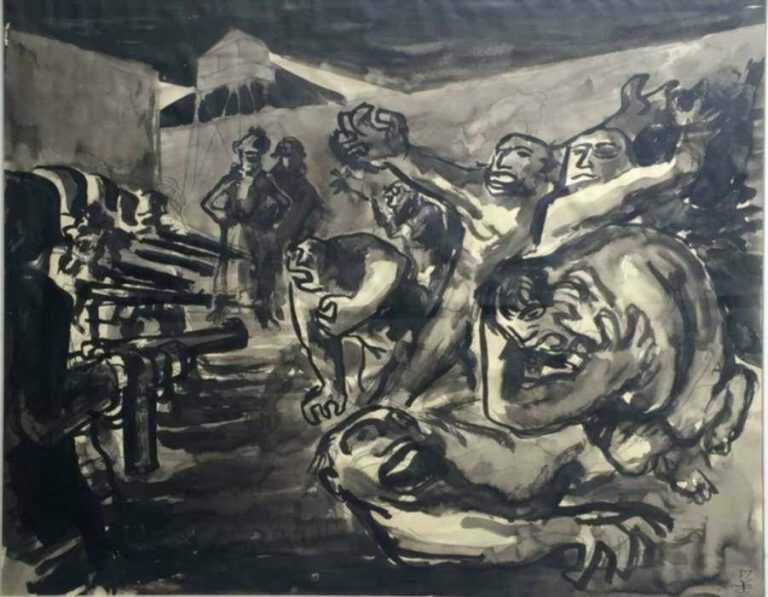
Jacek von Henneberg: Eyewitness to History
Press Release:
Jacek von Henneberg
Eyewitness to History
June 1 – June 30, 2017
Opening Reception: Sunday, June 4, 12 – 2 PM
On view at Childs Gallery from June 1 to June 30, 2017, Jacek von Henneberg: Eyewitness to History offers a glimpse of the events and atrocities of World War II from the unique perspective of Jacek von Henneberg (1926-2015), an artist who survived them. Born in Berdowicze, Poland in 1926, von Henneberg’s life as a budding artist and architect was upended by the Nazi invasion of Poland and the outbreak of World War II. He joined the Polish Resistance against Nazi forces in the Warsaw Uprising of 1944, surviving a grenade attack as well as German POW camps. He managed to escape before the end of the war and joined the Polish II Corps of the 8th British Army in Italy, participating in the Liberation of Italy. Von Henneberg documented his wartime experience, filling notebooks with detailed sketches of Nazi and Soviet horrors.
Jacek von Henneberg: Eyewitness to History presents a selection of the artist’s powerful drawings and sketches, comprising an intimate visual record of his experience. Please join the artist’s family to celebrate the life and art of Jacek von Henneberg at the exhibition’s opening reception on Sunday, June 4, 12 – 2 PM.
Artist Biography:
An accomplished artist and architect based in Cambridge, MA, Jacek von Henneberg (1926-2015) was one of three sons born to an aristocratic family in Berdowicze, Poland, in what is today Belarus. As a boy, he studied building design in Warsaw and dreamed of becoming an artist and architect, like his father. His life was upended by the advent of World War II and the Nazi invasion of Poland. Along with his two brothers, he joined the Polish Resistance, and fought with valor in the Warsaw Uprising of 1944 as a member of the Polish Home Army. He was captured and held in German POW camps, but upon escaping, joined the Polish II Corps of the 8th British Army taking part in the Liberation of Italy. At war’s end, Jacek resumed his architectural studies at the University of Rome and the Polish University College in London. In 1950, he came to Cambridge as a recipient of the prestigious Wheelwright Prize fellowship at Harvard’s Graduate School of Design, where he became a protégé of architect Walter Gropius.
After graduating in 1951, Jacek worked for several prominent local architects before establishing his own firm, Henneberg and Henneberg Architects and City Planners, with his surviving brother Witold. Over the course of 30 years, the two Hennebergs designed churches, schools, hospitals, libraries, hotels and housing throughout New England, winning awards for their innovative, functional and elegant work.
Jacek made Cambridge his home for 65 years, where he was a beloved friend to scores of fellow cosmopolitan artists and architects. He was an avid traveler who scoured Europe, Asia, and the Americas. He never went anywhere without his sketchbook, pens and watercolors, and regularly showed his work in Boston-area galleries. He was especially adept at making dramatic architectural renderings, conveying the shadowy details and grand vistas of cities from Venice to New Delhi. A lifelong student of the human form, he was also a keen portraitist, and a witty and irreverent illustrator.
Jacek’s artistic range and output were impressive: it was not enough for him to paint murals, frescos and stage sets. He took to fashion design, cartooning, and calligraphy, at one point supporting himself by penning diplomas for Harvard College. With local friends, he co-founded an absurdist polyglot theater and publishing house by the name of Alpha-Bête, for which he served as artist-at-large. His letters, envelopes and even his shopping lists were themselves works of art, worthy of a Medici court. Indeed, Jacek was intrigued by just about every kind of surface or material, eagerly painting or decorating eggs, stones, cigar boxes, books, toys, furniture, appliances, stationery, fabrics, clothes and faces -- all in a bold style that reflected his own vivacious, Cyrano-esque personality.
In later years, Jacek’s art circled back to reflect on the tragedies of his wartime experience. Many of his drawings conveyed a sense of solitude and absurdity, echoing the work of Georg Grosz, Saul Steinberg and Maurice Sendak. Indeed, Jacek filled many notebooks with detailed sketches of Nazi and Soviet horrors. But his work was also joyous and fantastical. In it, he celebrated the wonders of childhood, the athleticism of animals, and the sinuousness of the female form. Mischievous angels and randy satyrs perched atop his castles; children piloted hot-air balloons; and breast-like Tuscan landscapes lay heaving under full moons. Life was rich and beautiful, and his drawings said so.
Whatever its subject, Jacek’s work was and remains instantly recognizable. It is not only his masterful lines that stand out in every piece. It is the feeling of the work. Jacek’s art combines dark and light, grief and whimsy, pathos and panache. It embodies what writer Milan Kundera called “the unbearable lightness of being” in every confident stroke. This spirit lives on in his work, a testament to his resilience as an artist and a survivor.
Biography by the artist’s niece, Krystyna von Henneberg.
About Childs Gallery:
Established in 1937 on Newbury Street in Boston’s Back Bay, Childs Gallery holds one of the largest inventories of oil paintings, drawings, watercolors, prints and sculpture in the United States. We actively service collectors, artists, estates and corporate clients throughout the country in the buying and selling of fine art, and have placed exceptional works in major museums nationwide. Our extensive holdings – including prints and drawings that range from Old Masters to 20th century notables to 21st century contemporaries, along with superb paintings and sculpture from the past 200 years – are particularly appealing to the eclectic tastes of today’s art lovers, as it’s the collector’s eye, not the historic period or medium, that makes for a cohesive and personally satisfying collection.
For high-res images and all press inquiries, please contact:
info@childsgallery.com
169 Newbury Street
Included Works
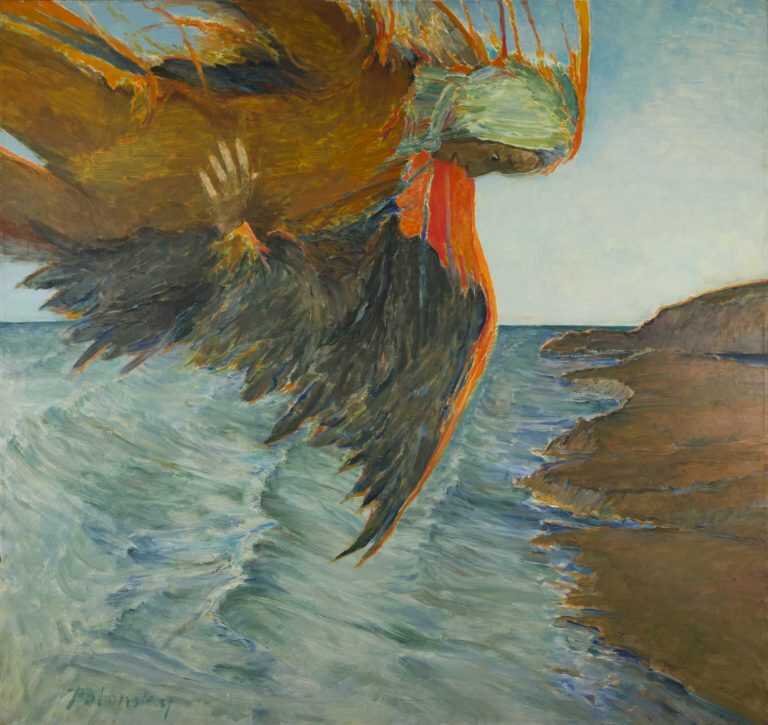
The Boston Accent: 140 Years of the Museum School
Included Works
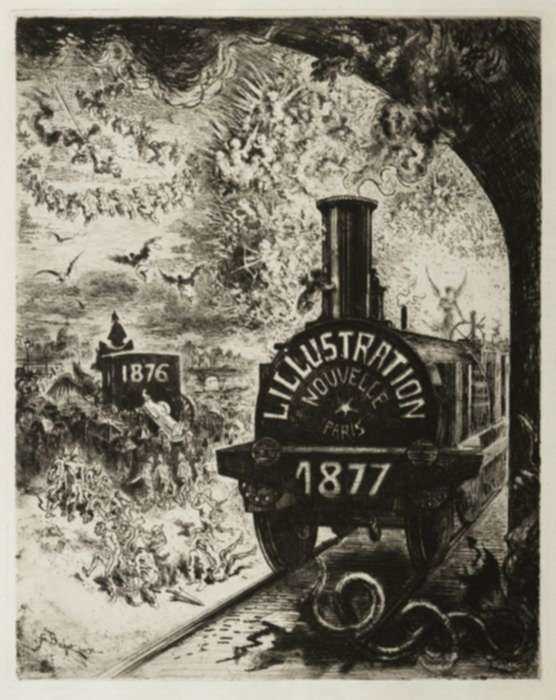
The Art of The Print: Prints about Printmaking
Press Release:
FOR IMMEDIATE RELEASE
Grand Re-Opening of the
Historic Childs Gallery Print Room
Open House: Sunday, May 7, 2017, 11 AM – 5 PM
Exhibition:
The Art of the Print: Prints about Printmaking
April 17 – May 26, 2017
New Hours:
Tuesday – Friday, 9 am to 6 pm
Saturday & Sunday, 11 am to 5 pm
BOSTON, MA – Childs Gallery’s eagerly awaited and newly renovated Print Room re-opens this month with the thematically apropos exhibition, The Art of the Print: Prints about Printmaking. The newly reimagined space, occupying the lower floor of the gallery and now with direct access from Newbury Street, offers a unique setting to explore and collect original fine art prints, including woodcuts, engravings, etchings, lithographs, and screen prints.
Collectors can select prints and drawings ranging from Old Masters like Dürer, Rembrandt, Goya and Piranesi, to American and European notables like Whistler, Zorn and Picasso, Moderns like Milton Avery, Stuart Davis, and Jackson Pollock, and Contemporary artists including Chuck Close, Sean Flood, and Emily Lombardo.
The public is invited to attend an Open House on Sunday, May 7th, from 11 AM to 5 PM to celebrate the re-opening of the Print Room.
The Childs Gallery Print Department has been a historic mainstay of the gallery since its founding. The gallery was established by Charles D. Childs in 1937 on Newbury Street in Boston’s Back Bay. Prior to opening the gallery, Childs had worked at the legendary Goodspeed’s Book Shop – a Beacon Hill antiquarian bookstore and print shop – where he learned the business side of art collecting and the importance of being an educated mentor to those interested in collecting.
The Print Department itself has a long and storied past. In addition to being the training ground for many people who have gone on to become important dealers in the print world, it has also placed some of the greatest works in print and on paper into major collections. Charles D. Childs highlights just a few of the many rarities that have passed through the gallery’s Print Department in his introductory essay to the 1976-1977 Print Annual:
“Dürer’s engravings such as the first state of Adam and Eve; Rembrandt’s etchings including the famous Hundred Guilder Print, Christ Healing the Sick; the frequently sought rare complete set of Samuel Palmer’s landscape etchings (now in the Cleveland Museum); Whistler’s full sets of Thames and Venice etchings; Goya’s rare last set, the Tauromaquia; eighty-two drawings for major historical paintings by John Singleton Copley (many now in the Metropolitan Museum);… all passed through the Gallery’s hands in a now unbelievable, uninterrupted flow.”
Eighty years later, current owners Richard Baiano and Stephanie Bond carry on the role of educated mentors for today’s collectors, continuing to place important works into major collections. Childs Gallery now holds one of the largest inventories of prints, drawings, oil paintings, watercolors, and sculpture in the United States.
The newly renovated Print Room offers clients the opportunity to peruse original fine art prints in an approachable setting. “The reorganization and reinstallation of the inventory makes it more accessible to the general public. Works are now sorted by categories of interest, such as Boston Scenes, German Expressionism, Social Realism, or The Nude,” says Julie Edwards, Director of Operations at the gallery. Much like searching for queries on the web, we hope our new user-friendly format will help to make the collecting of fine art prints accessible to the next generation of collectors.
The gallery will rotate its print room exhibition every 6 to 8 weeks. Currently on view is the aptly themed exhibition The Art of the Print: Prints about Printmaking, open April 17 – May 26, 2017. Art is often self-referential, and fine art printmaking is no exception. Printmakers throughout history have been drawn to the medium itself as a subject for their work. The Art of the Print brings together a fascinating array of etchings, engravings, lithographs, and woodcuts depicting various aspects of the printmaking process. The exhibition includes works by Auguste Delâtre (French, 1822-1907), Felix Buhot (French, 1847-1898), Armin Landeck (American, 1905-1984), Bernard Brussel-Smith (American, 1914-1989), and Erik Desmazières (French, b. 1948), among others.
Included Works
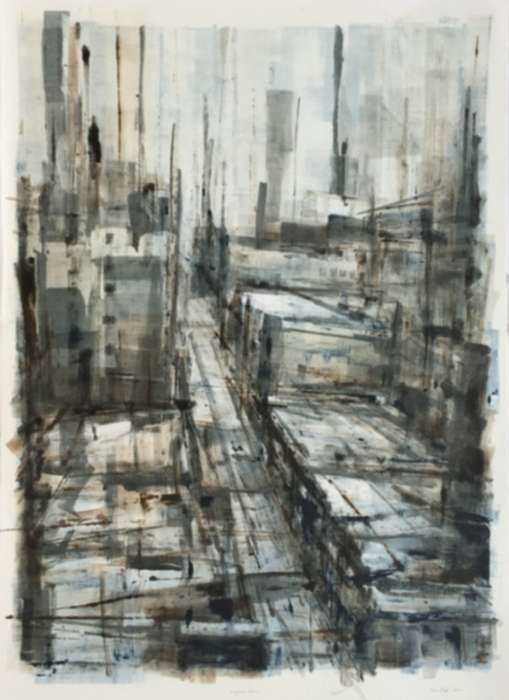
Sean Flood: Residual Layers
Press Release:
FOR IMMEDIATE RELEASE
Sean Flood
Residual Layers
March 16 – May 13, 2017
Opening reception: Thursday, March 16, 6 – 8 PM
BOSTON, MA – Boston based contemporary painter Sean Flood returns to Childs Gallery with the exhibition Sean Flood: Residual Layers, on view March 15 – May 13, 2017. Best known for his large scale cityscapes and urban scenes, Flood’s latest paintings and prints of Boston and New York examine the complex layers and overlapping structures of the urban landscape. A reflection of the artist's roots in construction and street art, Flood’s paintings layer line and form to build up his images like the very high-rises they depict.
Born and raised on Boston’s South Shore, Flood has always been drawing. He took visual arts and drawing courses in school, as well as summer classes at the Massachusetts College of Art and Design. In 2000, Flood enrolled at the Art Institute of Boston, where he was introduced to painting through a course taught by Boston artist George Nick. He received his BFA in Fine Art from the Art Institute of Boston, Boston, MA in 2005. By the end of his college experience, Flood’s primary focus was cityscapes, perhaps influenced by his first hand exposure to his father’s life work in the construction business.
Flood’s enthusiasm for urban life is evident in the way he depicts that which makes a city, a city: the atmosphere, energy, and architecture. His approach to painting urban scenes and structures simulates and celebrates both the energy of the city and the construction process. Flood’s dynamic compositions combine mark making and abstraction in a style fueled by and rooted in street art. His paintings are built up layer upon layer, mirroring the construction process from foundation to structure to completed form. In his final paintings, residual layers reveal both Flood’s process and the structural framework hidden just beneath the surface of the city.
Being able to see this process is an important part of Flood’s approach to painting: “I really enjoy works where you see the search, you see the drawings, you see even mistakes or variations or changes. I think that keeps it fresh. It’s almost like a construction site. You see a finished house and ask, what did it take to do all that? You’re starting with the framework. Every aspect up to the completed version. That’s what I like to see in a work of art, that whole process.”
Flood’s latest body of work reflects an ongoing dialogue between his oil paintings and recent graphic work. Fresh off a residency at the Center for Contemporary Printmaking in Norwalk, CT, Flood has recently expanded his talents to the field of printmaking. His prints of cityscapes and skyscrapers take advantage of the monotype medium’s unique spontaneity and immediacy, layering line and form to harness the frenetic energy of the city. In some prints, monotype is combined with other techniques, such as etching and aquatint, to achieve a wider variety of lines and marks.
The monotype process has reinforced Flood’s interest in layered images. A monotype is created with a preliminary drawing in ink on a plexiglass plate, which is then printed. A fresh plate is used for a second drawing and this second layer is then printed over the first layer, and so on, building up the image layer by layer.
The printing process has informed Flood’s painting in turn: “I find myself very interested in the interaction of marks and layers in both my print work and paint… Now I approach my paintings more like the prints, as the application of layers.” Flood now thinks about his paintings in terms of distinct layers, drawing or painting a single layer per session, letting it sit, and going back over the image again and again in subsequent sessions. Like his prints, the paintings slowly take shape, built up from the canvas one layer at a time.
Flood’s work has been exhibited at the deCordova Museum, Duxbury Art Complex Museum, the St. Botolph Club, and The Copley Society. His paintings have also been on view at Boston City Hall. He is a recipient of the 2016 Stobart Foundation Grant and The Copley Society of Art Scholarship Award. Flood was juried into the Copley Society as a member in 2011. His work has appeared in the Boston Globe, Artscope Magazine, and Boston Magazine, among others. He maintains a studio in Abington, MA.
The artist will attend the exhibition’s opening reception at Childs Gallery on
Thursday, February 16th, between 6:00 and 8:00 PM. The public is welcome to attend.
About Childs Gallery: Established in 1937 on Newbury Street in Boston’s Back Bay, Childs Gallery holds one of the largest inventories of oil paintings, drawings, watercolors, prints and sculpture in the United States. We actively service collectors, artists, estates and corporate clients throughout the country in the buying and selling of fine art, and have placed exceptional works in major museums nationwide. Our extensive holdings – including prints and drawings that range from Old Masters to 20th century notables to 21st century contemporaries, along with superb paintings and sculpture from the past 200 years – are particularly appealing to the eclectic tastes of today’s art lovers, as it’s the collector’s eye, not the historic period or medium, that makes for a cohesive and personally satisfying collection.
For hi-res images and all press inquiries, please contact:
Richard Baiano
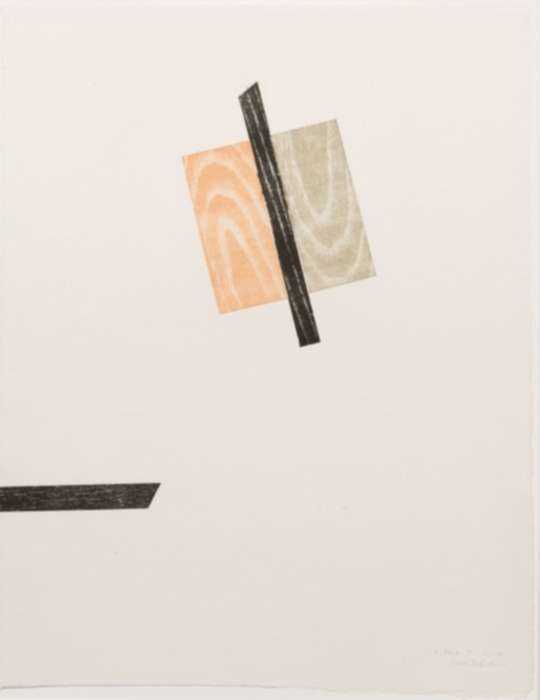
Ruth Eckstein: The Graphic Works
Press Release:
Ruth Eckstein
Abstract Modernist
January 12 – March 11, 2017
Opening reception: Sunday, January 22, 12- 2 PM
BOSTON, MA – Ruth Eckstein: Abstract Modernist, a retrospective exhibition of the abstract modernist painting and master printmaking of Ruth Eckstein (1916-2011), is part of Childs Gallery’s continuing effort to highlight important artists working outside the male-dominated world of Abstract Expressionism at the mid-20th Century. Critical success was an all-too-rare achievement for a female artist trying to gain a foothold in the competitive, even prohibitive art market of the postwar period and this exhibition aims to shed new light on Eckstein’s masterful contribution to modern abstract painting and printmaking.
Among the crowded field of 20th-century art, Eckstein stands apart for her refined organic abstractions. Her pared-down compositions layer flat planes of color and texture, balancing simplified forms and gentle color harmonies to create a remarkable sense of tranquility. Childs Gallery’s exhibition surveys Eckstein’s monumental body of work with examples of painting, collage, and a wide array of printmaking techniques, including collagraphy, etching, and screen printing.
Eckstein’s tranquil compositions belie her tumultuous beginnings. A fugitive of Nazi Germany, she immigrated first to the provisional safety of neighboring Paris in 1934 and finally to New York in 1939. There she found asylum within a burgeoning network of émigré artists living in political exile. Her life and art intersected with a number of influential figures in postwar American art. She studied with Stuart Davis at The New School for Social Research, and with Harry Sternberg, Julian Levi and Vaclav Vytlacil at the Art Students League, where she immersed herself in printmaking techniques as well as painting and drawing. Later, intrigued by the woodcut technique of printmaker Seong Moy, Eckstein studied with him at the Pratt Graphic Art Center.
An accomplished painter and printmaker, Eckstein enjoyed switching freely between various mediums and techniques. “I do not like being confined to a single medium. I like the excitement that comes from switching modes. I like to ‘walk’ around an idea, deal with it in various ways,” she explained. This is markedly evident in Eckstein’s prints, which often incorporate collage or layer multiple processes, combining relief, intaglio, and planographic elements in the same work.
Of particular note is Eckstein’s technical mastery of collagraphy, an experimental printmaking technique in which collage materials are glued onto a board to form a relief surface with a variety of textures. This collage-matrix is then inked and printed on paper. In these layered compositions, frequently embellished with hand-painted accents or careful etching, there is a delight in giving the appearance of spontaneity, encouraging us to question the relationship between competing hues or the proximity of a smooth circle to a foreboding edge.
Eckstein’s paintings echo the pared-down compositions of her prints. Owing a clear debt to Color Field painting and Barnett Newman’s “zips”, Eckstein’s Black Fields and Portals series incorporate large fields of flat, solid color. Much lauded for their formal sensitivity, Eckstein’s compositions expertly balance subtle modulations of color and shape; in others, tilted geometric designs with clear bold colors, provoke a tension between balance and motion.
Eckstein’s work is represented in over fifty prestigious public collections, including the Museum of Fine Arts, Boston; the Museum of Modern Art; the Guggenheim Museum; the Metropolitan Museum of Art; the Whitney Museum of American Art; the Bibliotheque Nationale, Paris; the National Museum of American Art; and the Harvard Art Museums.
Childs Gallery will hold an opening reception for the exhibition on Sunday, January 22, 12-2 PM.
About Childs Gallery: Established in 1937 on Newbury Street in Boston’s Back Bay, Childs Gallery holds one of the largest inventories of oil paintings, drawings, watercolors, prints and sculpture in the United States. We actively service collectors, artists, estates and corporate clients throughout the country in the buying and selling of fine art, and have placed exceptional works in major museums nationwide. Our extensive holdings – including prints and drawings that range from Old Masters to 20th century notables to 21st century contemporaries, along with superb paintings and sculpture from the past 200 years – are particularly appealing to the eclectic tastes of today’s art lovers, as it’s the collector’s eye, not the historic period or medium, that makes for a cohesive and personally satisfying collection.
For hi-res images and all press inquiries, please contact the gallery at:
info@childsgallery.com
169 Newbury Street
Included Works
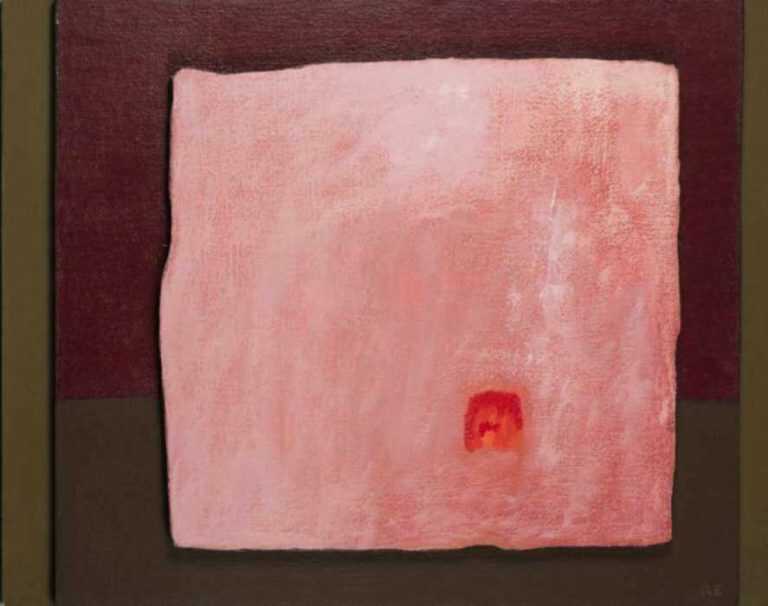
Ruth Eckstein: Abstract Modernist
Press Release:
Ruth Eckstein
Abstract Modernist
January 12 – March 11, 2017
Opening reception: Sunday, January 22, 12- 2 PM
BOSTON, MA – Ruth Eckstein: Abstract Modernist, a retrospective exhibition of the abstract modernist painting and master printmaking of Ruth Eckstein (1916-2011), is part of Childs Gallery’s continuing effort to highlight important artists working outside the male-dominated world of Abstract Expressionism at the mid-20th Century. Critical success was an all-too-rare achievement for a female artist trying to gain a foothold in the competitive, even prohibitive art market of the postwar period and this exhibition aims to shed new light on Eckstein’s masterful contribution to modern abstract painting and printmaking.
Among the crowded field of 20th-century art, Eckstein stands apart for her refined organic abstractions. Her pared-down compositions layer flat planes of color and texture, balancing simplified forms and gentle color harmonies to create a remarkable sense of tranquility. Childs Gallery’s exhibition surveys Eckstein’s monumental body of work with examples of painting, collage, and a wide array of printmaking techniques, including collagraphy, etching, and screen printing.
Eckstein’s tranquil compositions belie her tumultuous beginnings. A fugitive of Nazi Germany, she immigrated first to the provisional safety of neighboring Paris in 1934 and finally to New York in 1939. There she found asylum within a burgeoning network of émigré artists living in political exile. Her life and art intersected with a number of influential figures in postwar American art. She studied with Stuart Davis at The New School for Social Research, and with Harry Sternberg, Julian Levi and Vaclav Vytlacil at the Art Students League, where she immersed herself in printmaking techniques as well as painting and drawing. Later, intrigued by the woodcut technique of printmaker Seong Moy, Eckstein studied with him at the Pratt Graphic Art Center.
An accomplished painter and printmaker, Eckstein enjoyed switching freely between various mediums and techniques. “I do not like being confined to a single medium. I like the excitement that comes from switching modes. I like to ‘walk’ around an idea, deal with it in various ways,” she explained. This is markedly evident in Eckstein’s prints, which often incorporate collage or layer multiple processes, combining relief, intaglio, and planographic elements in the same work.
Of particular note is Eckstein’s technical mastery of collagraphy, an experimental printmaking technique in which collage materials are glued onto a board to form a relief surface with a variety of textures. This collage-matrix is then inked and printed on paper. In these layered compositions, frequently embellished with hand-painted accents or careful etching, there is a delight in giving the appearance of spontaneity, encouraging us to question the relationship between competing hues or the proximity of a smooth circle to a foreboding edge.
Eckstein’s paintings echo the pared-down compositions of her prints. Owing a clear debt to Color Field painting and Barnett Newman’s “zips”, Eckstein’s Black Fields and Portals series incorporate large fields of flat, solid color. Much lauded for their formal sensitivity, Eckstein’s compositions expertly balance subtle modulations of color and shape; in others, tilted geometric designs with clear bold colors, provoke a tension between balance and motion.
Eckstein’s work is represented in over fifty prestigious public collections, including the Museum of Fine Arts, Boston; the Museum of Modern Art; the Guggenheim Museum; the Metropolitan Museum of Art; the Whitney Museum of American Art; the Bibliotheque Nationale, Paris; the National Museum of American Art; and the Harvard Art Museums.
Childs Gallery will hold an opening reception for the exhibition on Sunday, January 22, 12-2 PM.
About Childs Gallery: Established in 1937 on Newbury Street in Boston’s Back Bay, Childs Gallery holds one of the largest inventories of oil paintings, drawings, watercolors, prints and sculpture in the United States. We actively service collectors, artists, estates and corporate clients throughout the country in the buying and selling of fine art, and have placed exceptional works in major museums nationwide. Our extensive holdings – including prints and drawings that range from Old Masters to 20th century notables to 21st century contemporaries, along with superb paintings and sculpture from the past 200 years – are particularly appealing to the eclectic tastes of today’s art lovers, as it’s the collector’s eye, not the historic period or medium, that makes for a cohesive and personally satisfying collection.
For hi-res images and all press inquiries, please contact the gallery at:
info@childsgallery.com
169 Newbury Street
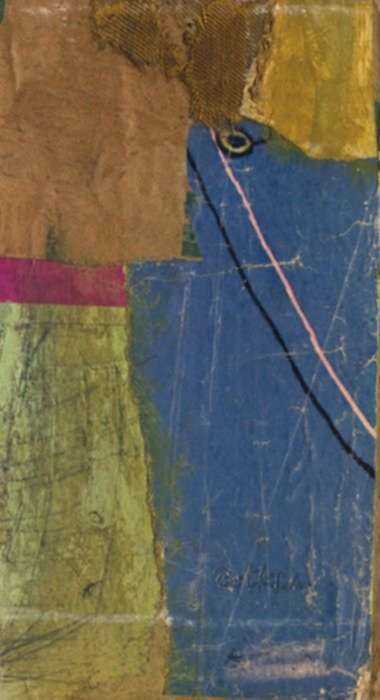
We Like It So Much 2016
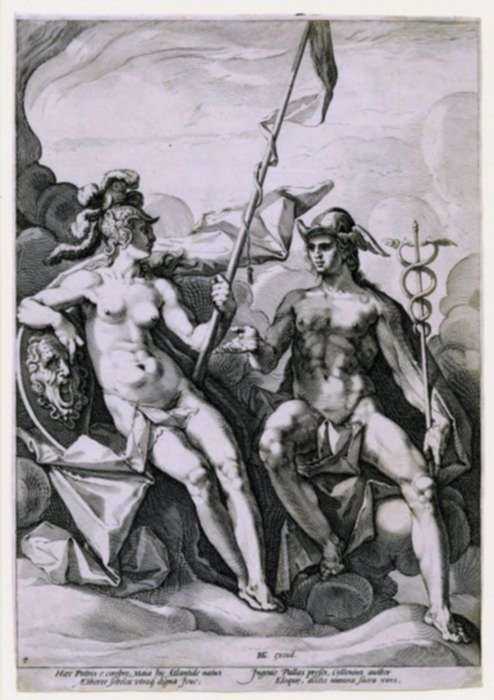
Told and Retold: Myth through the Ages
Included Works
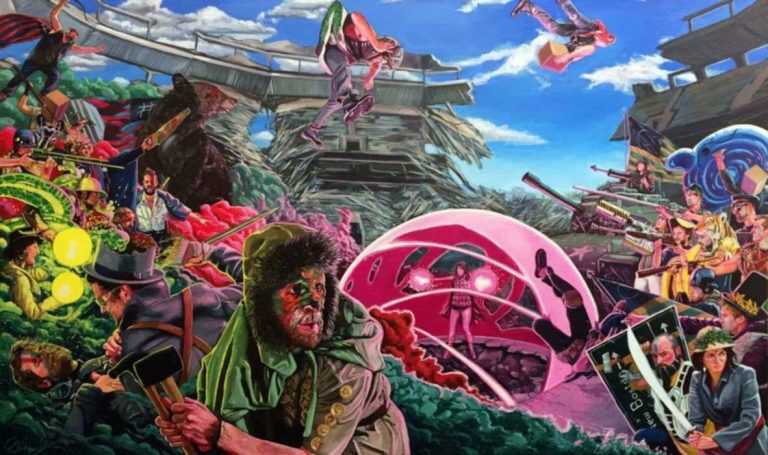

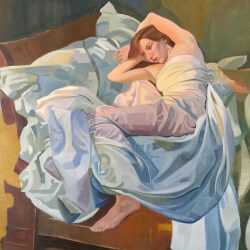
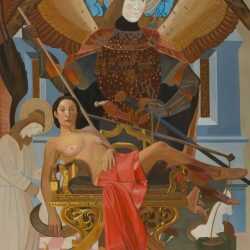
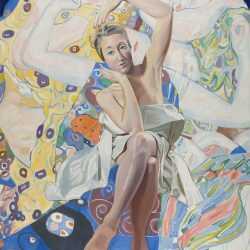
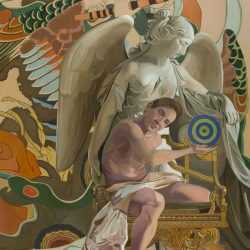
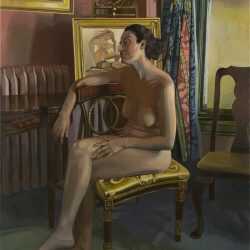
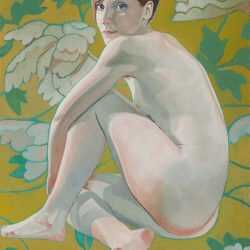
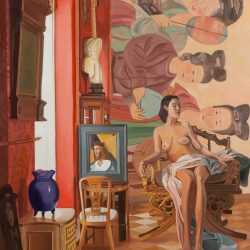
![Drawing by Jacek von Henneberg: Smierc [Death], represented by Childs Gallery](https://childsgallery.com/wp-content/uploads/jacek_von_henneberg_smierc__death__16-20-065_childs_gallery-250x250.jpg)
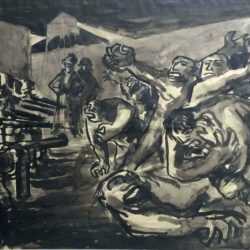
![Painting by Jacek von Henneberg: [Soldiers in Battle], represented by Childs Gallery](https://childsgallery.com/wp-content/uploads/jacek_von_henneberg__soldiers_in_battle__16-20-146_childs_gallery-250x250.jpg)
![Mixed media by Jacek von Henneberg: [Crucifixion], represented by Childs Gallery](https://childsgallery.com/wp-content/uploads/jacek_von_henneberg__crucifixion__16-20-090_childs_gallery-250x250.jpg)
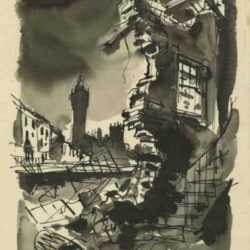
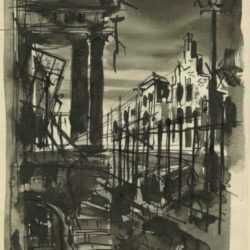
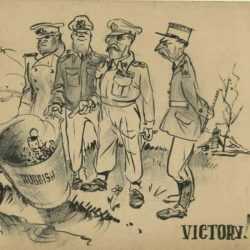
![Watercolor by Jacek von Henneberg: [Battlefield Skeleton], represented by Childs Gallery](https://childsgallery.com/wp-content/uploads/jacek_von_henneberg__battlefield_skeleton__16-20-072_childs_gallery-250x250.jpg)
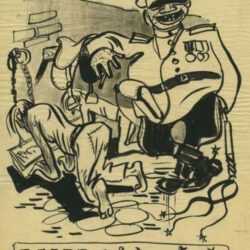
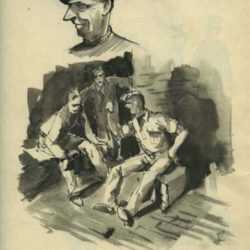
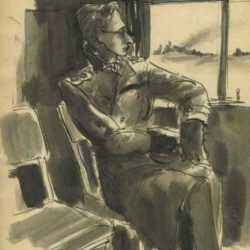
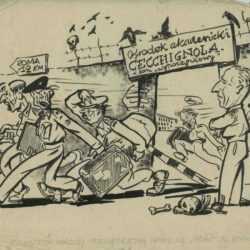
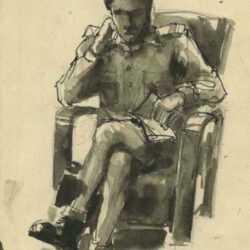
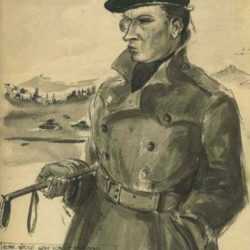
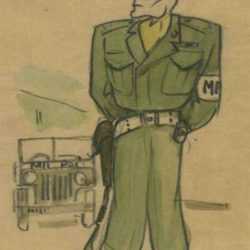
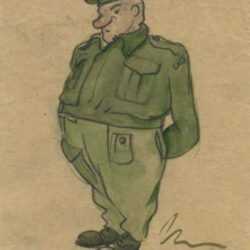
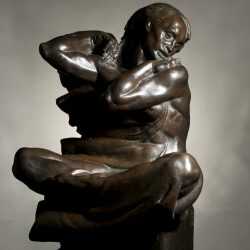
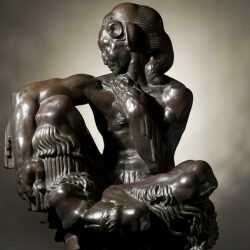
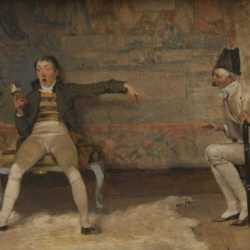
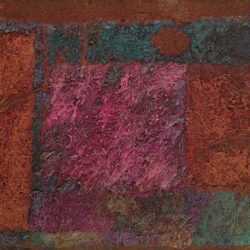
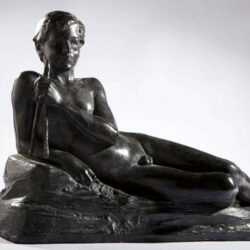
![Drawing by Frank Benson: [Salmon Fishing Scene], available at Childs Gallery, Boston](https://childsgallery.com/wp-content/uploads/frank-benson_salmon-fishing-scene_childs_gallery_12467-250x250.jpg)
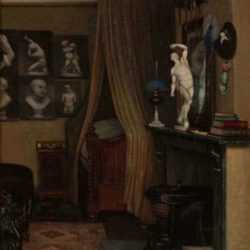
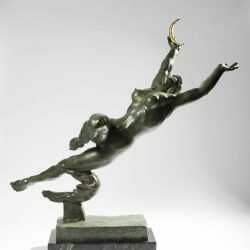
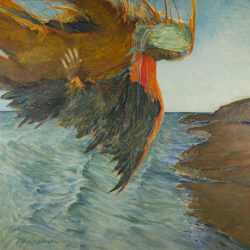
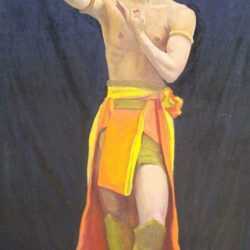
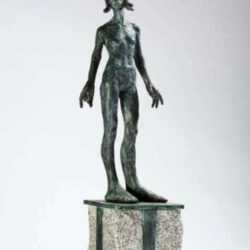
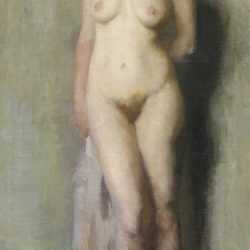

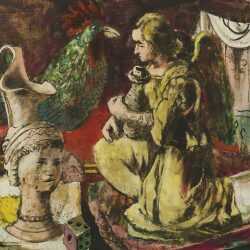
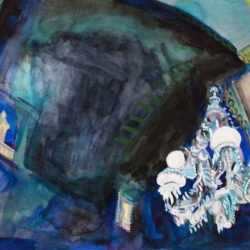
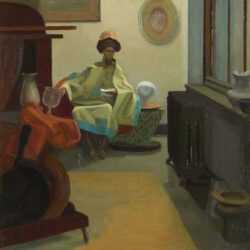
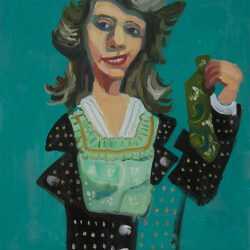
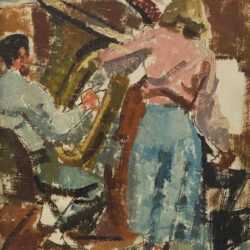
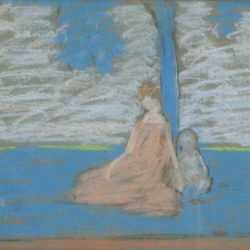
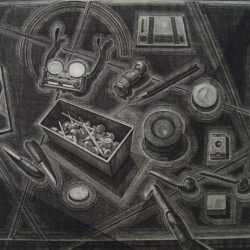
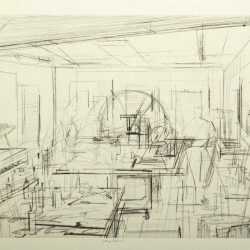
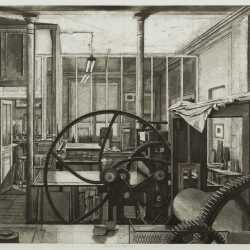
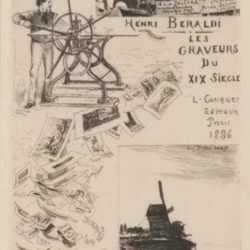
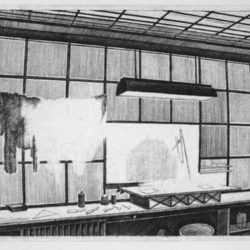
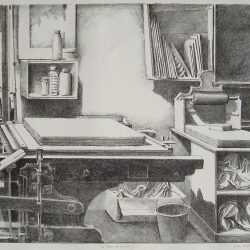
![Print by Joseph Margulies: [Self Portrait in the Studio], represented by Childs Gallery](https://childsgallery.com/wp-content/uploads/joseph_margulies__self_portrait_in_the_studio__p2050-194-01_childs_gallery-250x250.jpg)
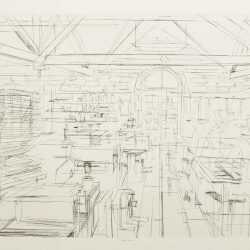
![Print by Bernard Brussel-Smith: Self Portrait [1], represented by Childs Gallery](https://childsgallery.com/wp-content/uploads/bernard_brussel-smith_self_portrait__1__p3100-141-005_childs_gallery-250x250.jpg)
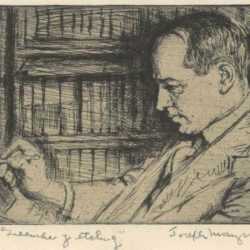
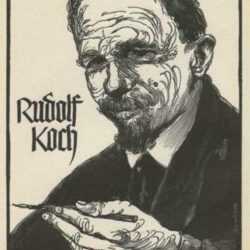
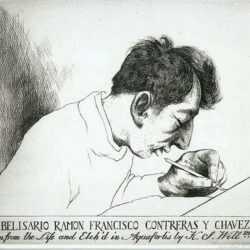
![Print by Bernard Brussel-Smith: Self Portrait [7], represented by Childs Gallery](https://childsgallery.com/wp-content/uploads/bernard_brussel-smith_self_portrait__7__p3100-148-001_childs_gallery-250x250.jpg)
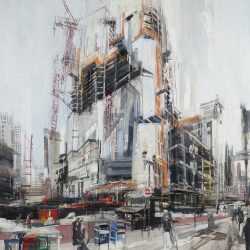
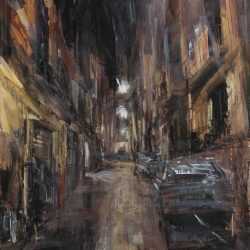
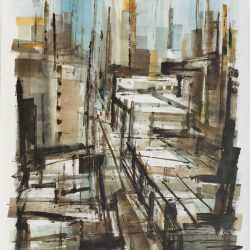
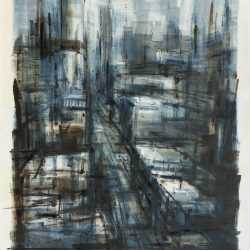
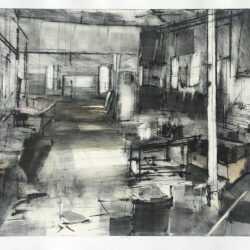
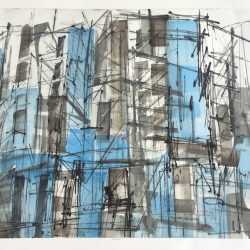
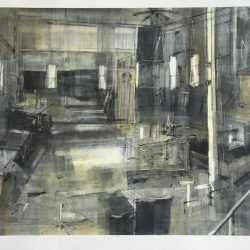
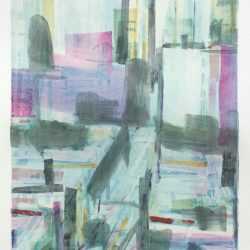
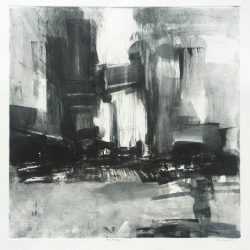
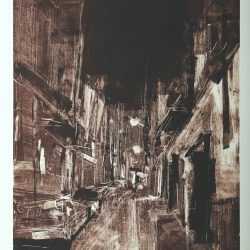
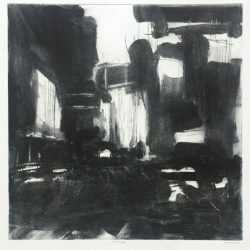
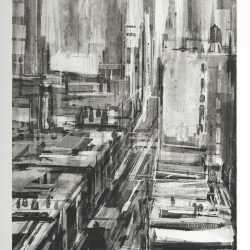
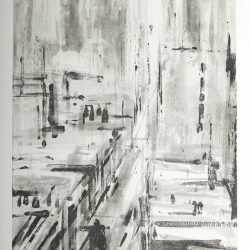
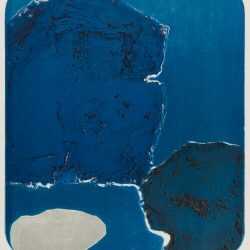
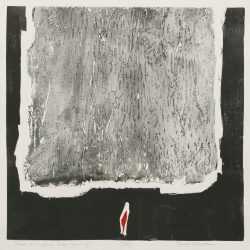
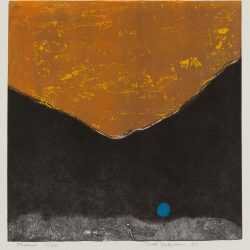
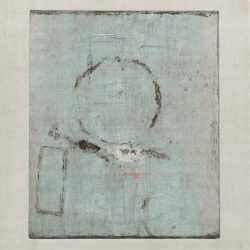
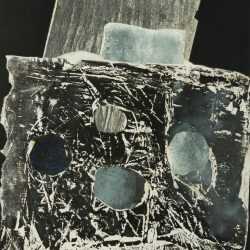
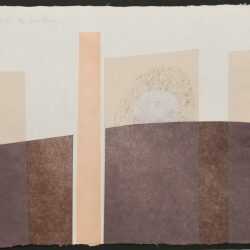
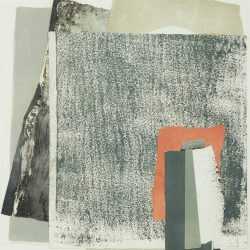
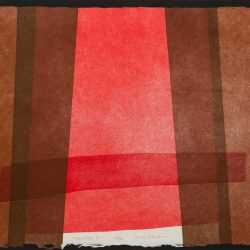
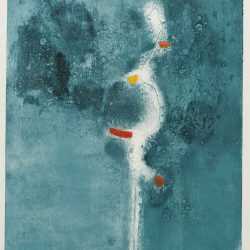
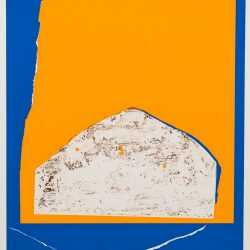
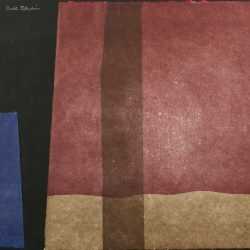
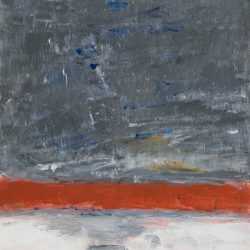
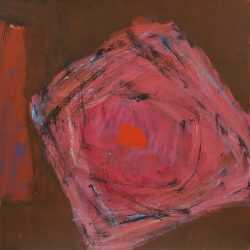
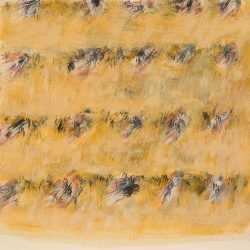
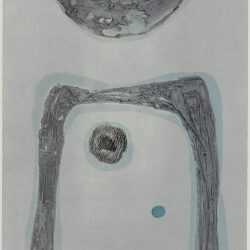
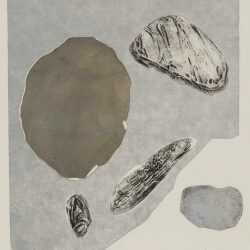
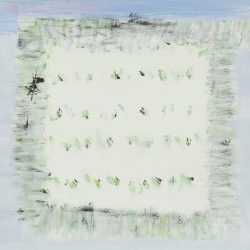
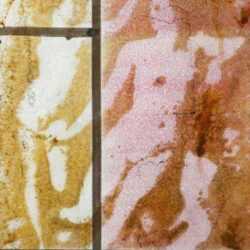
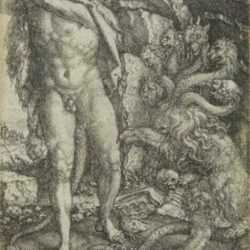
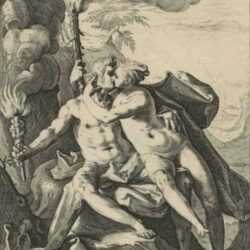
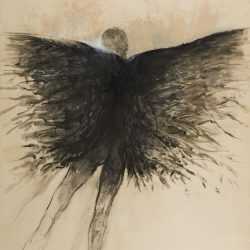
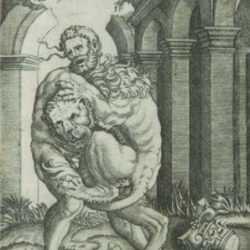
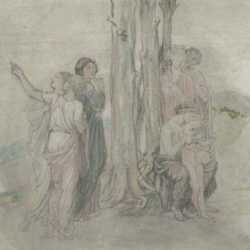
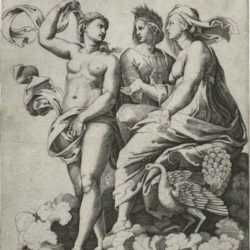
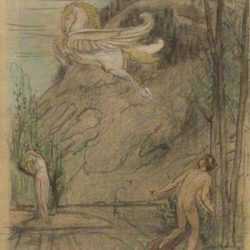
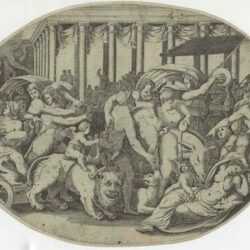
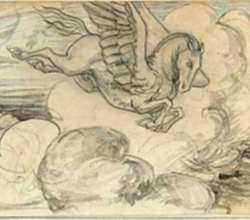
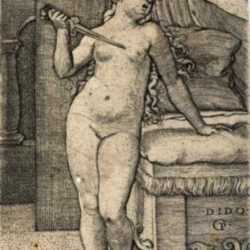
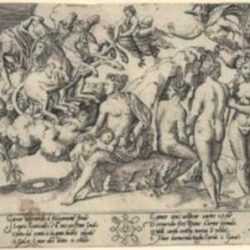
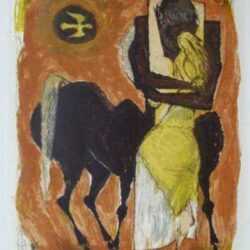
![Drawing by R.H. Ives Gammell: [Leda and the Swan], available at Childs Gallery, Boston](https://childsgallery.com/wp-content/uploads/r.h.-ives-gammell_leda-and-the-swan_childs_gallery_16346-250x250.jpg)
